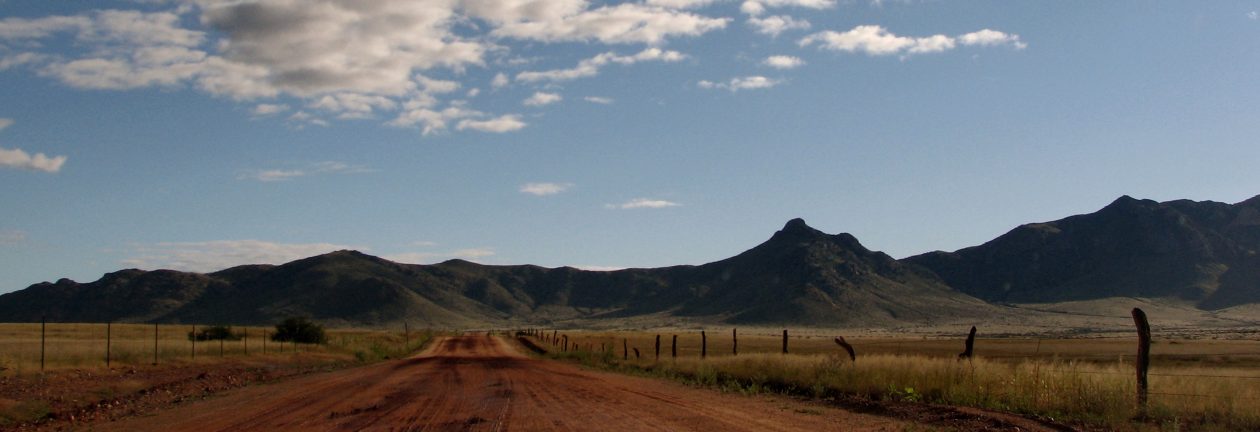New Delhi, India

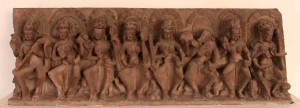
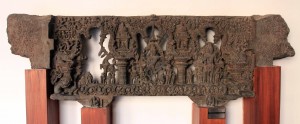
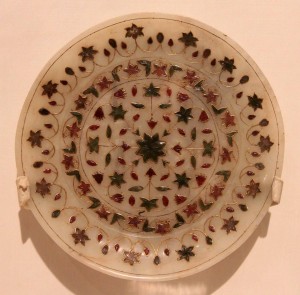
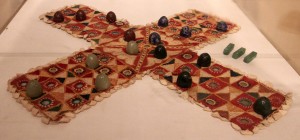
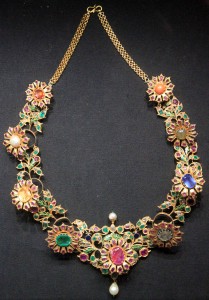
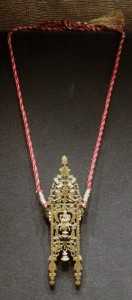
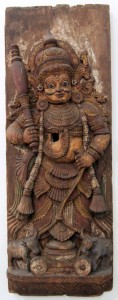
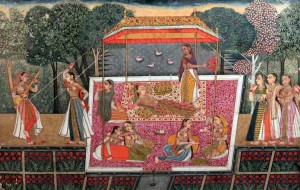
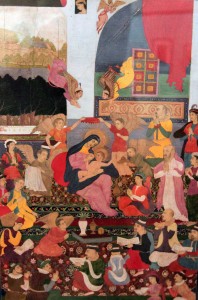
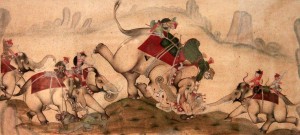
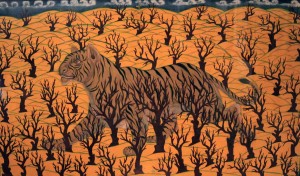
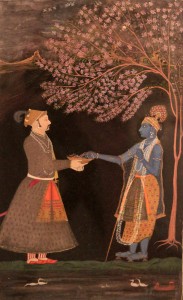
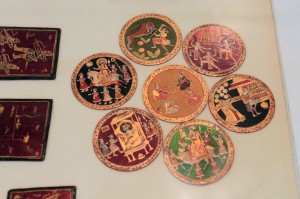
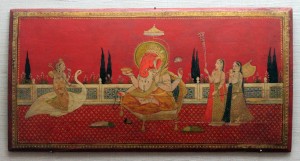
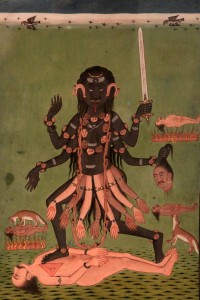
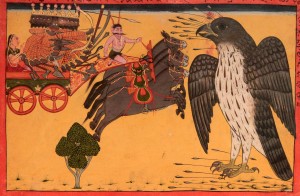
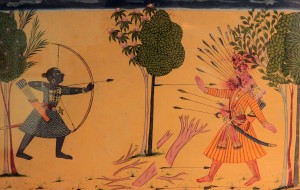
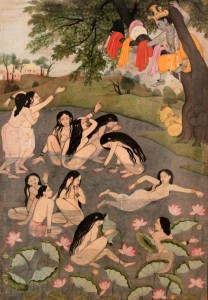
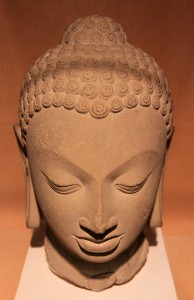
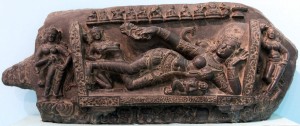
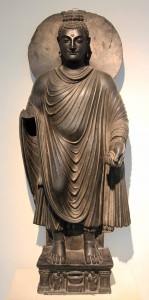
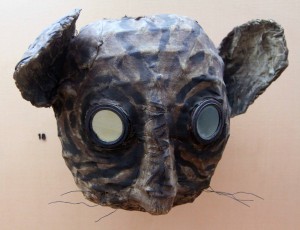
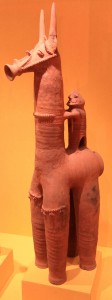
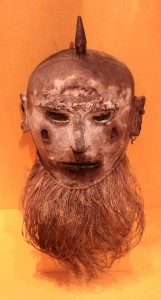
I woke up today noticed two adult bed bugs under my sleeping bag (trying to get to my hot blood), so I killed them and finally requested to be moved to another room; the hotel manager obliged and I was moved to the room with the circular bed – the room they were originally giving me before I requested a rectangular bed – which now had cleaner sheets (no disgusting oil stains) and much less of a chemical smell. I then grabbed my camera and tripod and hit the streets. I started walking to the Red Fort, asking auto rickshaw drivers along the way if they would do the fair and honest thing: using their meters – like they do with the locals – but not one would be willing to treat a foreigner as they do a local (no equality here, but, then again, if you read the news, you already knew that). A local man, seeing me turn down an auto rickshaw then began to tell me that it would be very unlikely that I would find an honest and fair driver; he also told me that before noon the Red Fort is crowded with praying Muslims and that I should go to the Government Tourism Office in Connaught Place to get information on the sites around Delhi; I didn’t want to go to a tourism office, but I also didn’t want to go to a crowded place; this man then talked an auto rickshaw driver down to a fair price (thirty rupees) and asked him to take me to the Tourism Office; I decided to go along with it hoping to get a bus map and schedule or something useful. Once at the Tourism Office, I asked if they had a bus schedule or map and was given a “no” answer, all they could offer me was the same tours the travel agent in my hotel had offered me; it was a waste of time and I soon started walking to the National Museum since it wasn’t too far. Upon reaching the museum, I bought my ticket . . . then had to buy another for my camera (I was probably the only one who had to do that . . . ugh). I then walked around to see the exhibits; there was a lot of renovation occurring inside the museum, so a number of exhibit rooms were closed, but there was an extensive collection on stone, terracotta, and wood Hindu and Buddhist sculptures; there was also a collection of armor and weapons, miniature paintings, jewelry, musical instruments, ethnic clothing and masks, ivory carvings, and coins. The museum was definitely worth a visit and I enjoyed the miniature paintings; also, the outside grounds had a lot of monkeys and monkeys are killer cool. After my visit to the National Museum, I walked around for some time before finding an auto rickshaw driver that could take me all the way to the National Rail Museum . . . which happened to be closed until some time in December due to renovations; so I had the auto rickshaw driver take me to the Select Citywalk Mall, where the Kiran Nadar Museum of Art is located. I luckily managed to stumble upon this museum fairly quickly despite me not knowing exactly where it was located. I walked inside the museum, which is free admission, turned in my camera (no pictures, but this is to be expected with modern art galleries), and then started studying the exhibits; most of the paintings on display were created by Rameshwar Broota, an artist who emerged in the 1960s depicting ape-men as a caricature of the wealthy and later moved on to his monochrome depictions of the the male body; the museum also featured artwork by Nalini Malani.
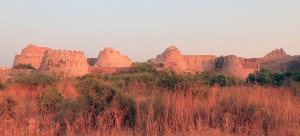
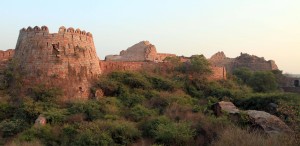
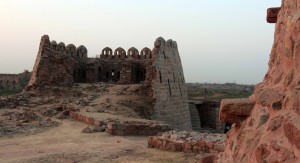
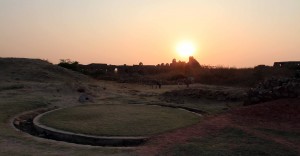
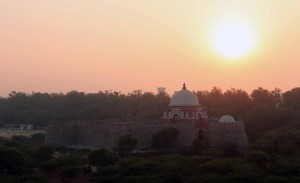
After touring the Kiran Nadar Museum of Art, I walked out to find an auto rickshaw to take me to the ruins of Tughlaqabad Fort; I shopped around for an honest driver but could not find one; even the one driver who said he would take me on the meter, ended up setting the meter to account for distance and time, conducted a u-turn, stopped to piss on the sidewalk (all the men piss where ever they want to here in India, even though public urinals have been constructed all over New Delhi along many sidewalks to deter them from urinating all over their city, they still will piss where ever they feel like it . . . even if a urinal is only thirty meters away . . . disgusting), and then asked to look at the map I had with me even though he had already started the meter and had taken off from the mall entrance; at this point I was completely disgusted with New Delhi and jumped out of the auto rickshaw and proceeded on foot to the fort. I walked for about an hour before another auto rickshaw driver agreed to take me there on the meter; I agreed and for a while it seemed as though he may be a decent human being, but when we arrived at the fort and I handed him a one-hundred rupee bill, expecting sixty-eight rupees back, he gave me a fifty instead; I became enraged, shoved the fifty rupees down his shirt pocket and began yelling in his face, demanding he give me what’s owed; he then gave me sixty rupees and I had to bark at him like a dog some more (I’ve noticed animals will only respond to other animals; just look at our prisons, you can’t treat the animals locked up in there like human beings, you have to yell at them and show dominance); then two local men in front of the fort walked up to see what was happening and, after looking at the meter, demanded he pay me the rest of the rupees owed to me; once I received all the rupees I exited the auto rickshaw and I could see on the expressions of the two local men that they completely understood that the rickshaw/taxi drivers in this city are nothing but scumbags. I then paid the entrance fee to Tughlaqabad Fort, entered inside, and walked around the ruins as the sun was nearly settled for the day. From the fort, looking westward, I could see Ghiyasuddin Tughlaq’s Tomb. Then, after walking around the overgrown ruins, I exited the fort complex and walked a long way to the Tughlaqabad Metro Station, passing by many street-side slums and then through the Tughlaqabad Railroad Colony (based on bad directions received from a young man), a dark residential area with many winding streets; I then crossed the railroad tracks and found my way to the Metro station. I took the Metro train north to New Delhi Station (I was surprised to see the punishments one could receive on the train: 1,000 rupees fine or one year imprisonment or both for unlawfully pressing the emergency button / 5,000 rupees fine or four years imprisonment or both for unlawfully obstructing the doorway); upon arriving, I exited the station, grabbed a Chicken Italia pizza at Pizza Hut (not really Italian, but tasty), and then walked back to my hotel room to relax and unwind for the rest of the night. While watching television, I was amused to see that every time a character smoked, a small caption would pop up on screen to remind the viewers that “Smoking Kills”. I then went to sleep, hoping to forget about all the frustration I had to put up with today.
